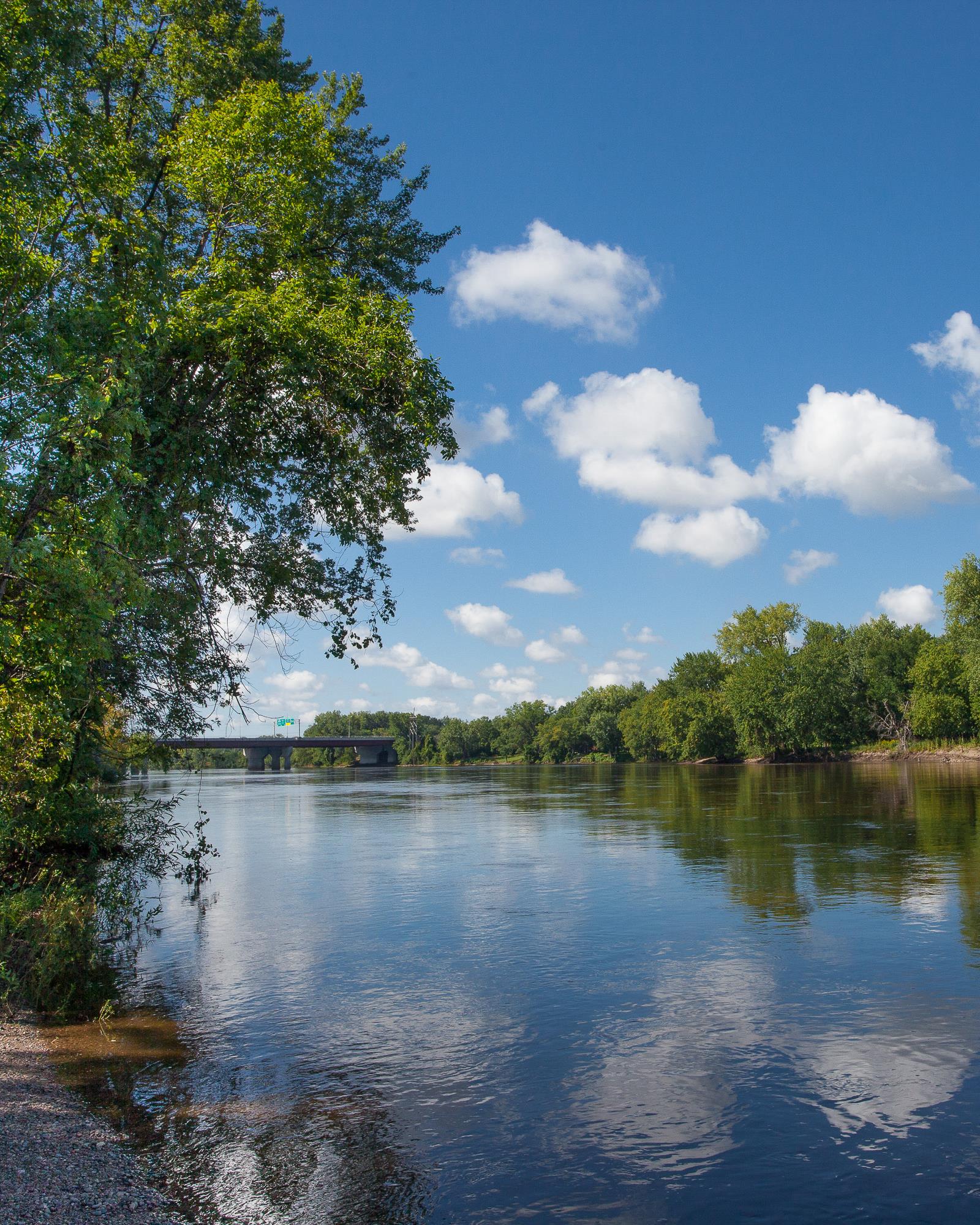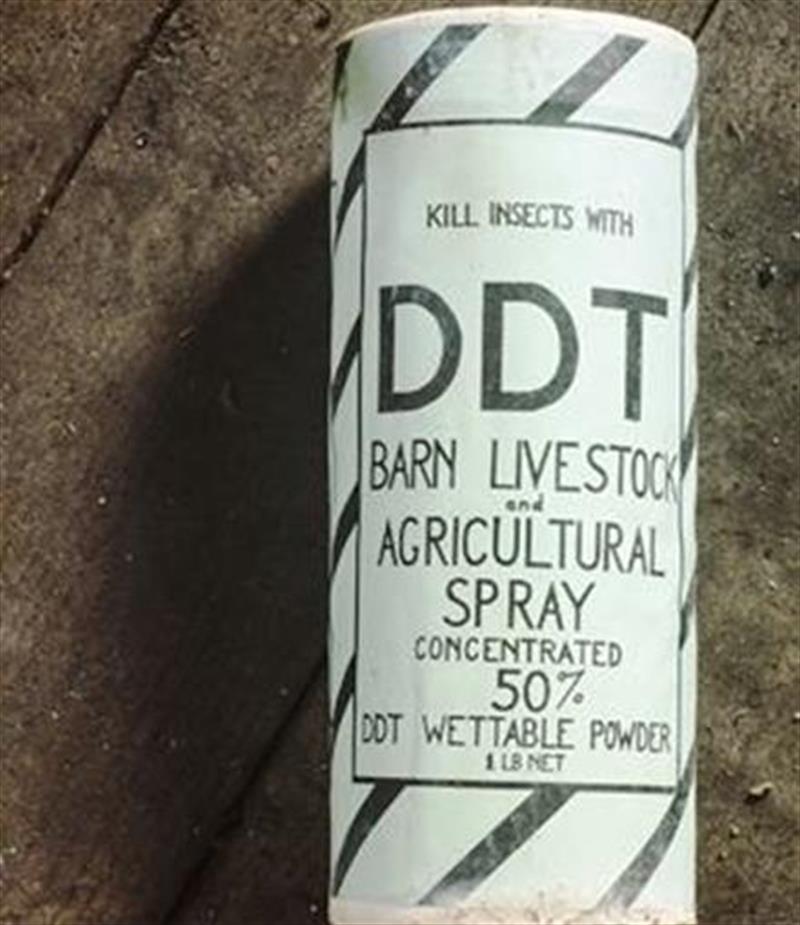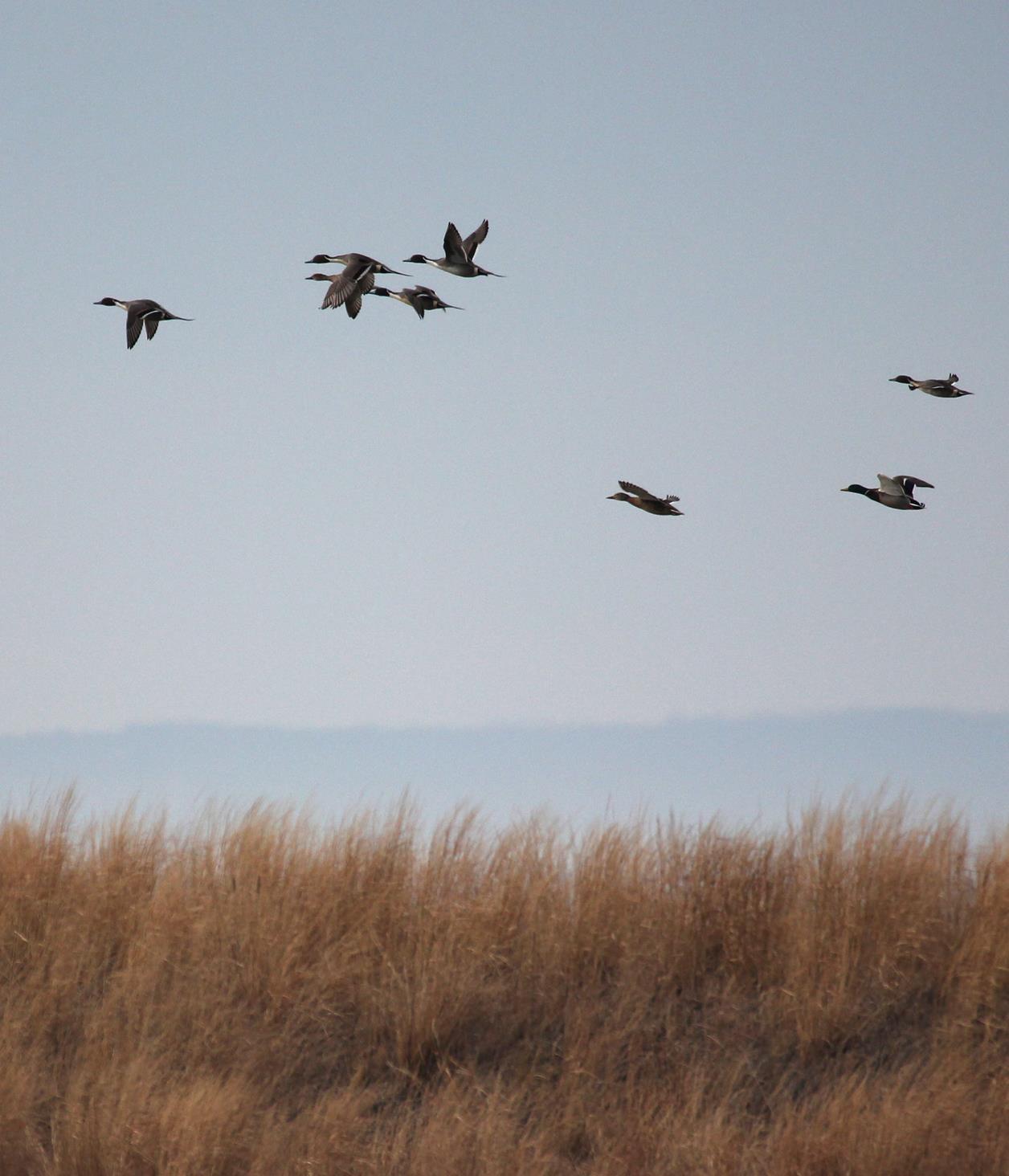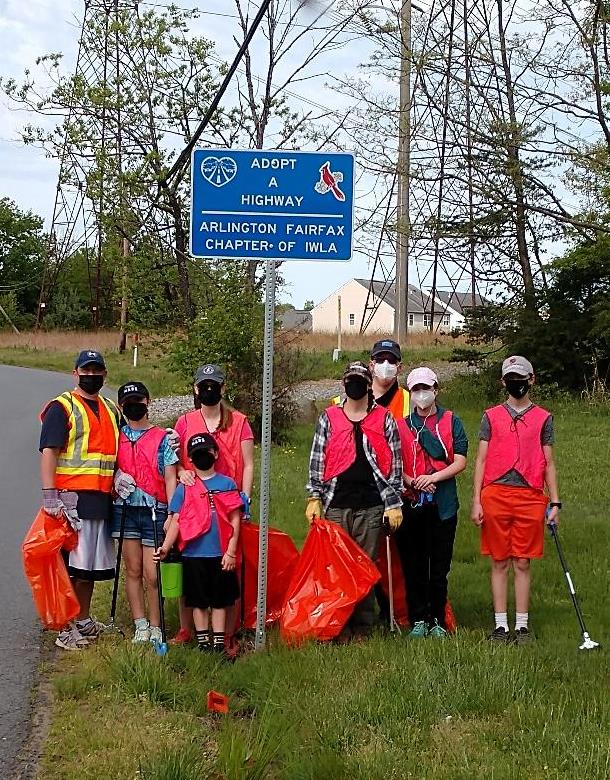Champions for Clean Water
From the very beginning, the Izaak Walton League of America took up the fight to protect the nation’s waterways from pollution. In 1926, the League announced a campaign to “correct the pollution evil in America.” President Calvin Coolidge commissioned the League to conduct the first national water pollution survey in 1927.
For over 100 years, the League has been at the forefront of local and national efforts to safeguard water resources and our drinking water across the U.S. – from a push for sewage treatment in the 1930s to the landmark Clean Water Act of 1972, which tackled pollution and protected wetlands.
The League has also created thriving volunteer science programs like Save Our Streams and Salt Watch to monitor stream health and collect data about water quality. By collecting and reporting data in dozens of states, these programs now provide a wealth of information for scientists and policymakers and a basis for taking action to protect water quality.

Protector of Public Lands
In 1924, the League was the driving force behind the creation of the Upper Mississippi National Wildlife and Fish Refuge, which protects wildlife habitat along 261 miles of the river in Minnesota, Wisconsin, Iowa and Illinois. In the 1920s, the Izaak Walton League purchased land to save the endangered, dwindling Jackson Hole elk herd in Wyoming. Later that decade, the League protected regions in the Superior National Forest in Minnesota, and throughout the 1960s and '70s, the League was a driving force for safeguarding part of that unique “canoe country,” leading to the establishment of the Boundary Waters Canoe Area Wilderness, which is now the nation’s most-visited wilderness area.
In the 1950s, League Conservation Director Joe Penfold conceived of a unique idea for funding a national program to improve access to public lands. That concept caught on and resulted in the Land and Water Conservation Fund Act in 1965. Since then, that law has helped protect many of the nation’s most iconic places, from Denali National Park in Alaska to the Everglades in Florida. LWCF also provides close-to-home recreation by funding hundreds of parks and ballfields in communities nationwide.

Conserving Natural Resources on Agricultural Lands
For many decades, the League has served as a leader in conserving the natural resources on the hundreds of millions of acres of agricultural lands in the U.S. Beginning in 1937, the League pushed for a national program to conserve soil by retiring fields in mountainous areas from agricultural use. A decade before Rachel Carson’s 1962 book Silent Spring, the League exposed in Outdoor America the long-term harms of the pesticide DDT on fish and wildlife. In recent decades, the League has helped usher in sustainable farming practices and policies, like the Conservation Reserve Program.
Threats and challenges persist, and the League is focused on tackling them head on. The loss of healthy soil and overuse of cancer-causing nitrates, which flow from farmed fields into our drinking water supplies, pose serious risks for all Americans.

Clean Energy, Air and Climate Change
The League has been a long-time leader on renewable energy, energy conservation and clean air. Thanks to a decade-long legal battle led by the League, federal standards were adopted to sharply reduce emissions of mercury and other toxic pollutants from coal-fired power plants.
In the 1970s and 1980s, the League helped make “acid rain” a household phrase, by working to raise awareness about the dangers of sulfur dioxide and nitrogen oxides emitted into the air by fossil fuel burning. This led to the Clean Air Act amendments of 1990. Today, the Izaak Walton League is committed to helping the nation reduce greenhouse gas emissions to curb the worst impacts of climate change, which include severe weather, habitat loss and flood damage.

Healthy Fish and Wildlife Populations
Since its inception, the League has been an outspoken advocate for the nation’s fish and wildlife habitat as well as ethical hunting and angling. The League was an early proponent of federal legislation to support habitat conservation with fees paid by hunters, anglers and shooting sports enthusiasts. To this day, that investment provides benefits to every American who enjoys wildlife and outdoor recreation on public lands and waters.
When the National Wildlife Refuge System Improvement Act was signed into law in the 1990s, it was the culmination of 25 years of work by the League to establish the refuge system’s mission. League members continue work to conserve wildlife habitat – whether in the nation’s wetlands, the Missouri River basin, prairie potholes for migrating ducks or pollinator gardens in suburban yards.

Chapters Foster Community-based Conservation
Izaak Walton League members include chapter-based members and individual, national members. Members and supporters have provided the backbone for many achievements over the past century, restoring populations of black bass in the 1920s, promoting ethical hunting in the 1950s, serving as recycling hubs in the 1970s and providing community science and stream monitoring today. More than 200 chapters throughout the U.S. continue to offer new generations their first opportunities to discover nature and conservation stewardship.